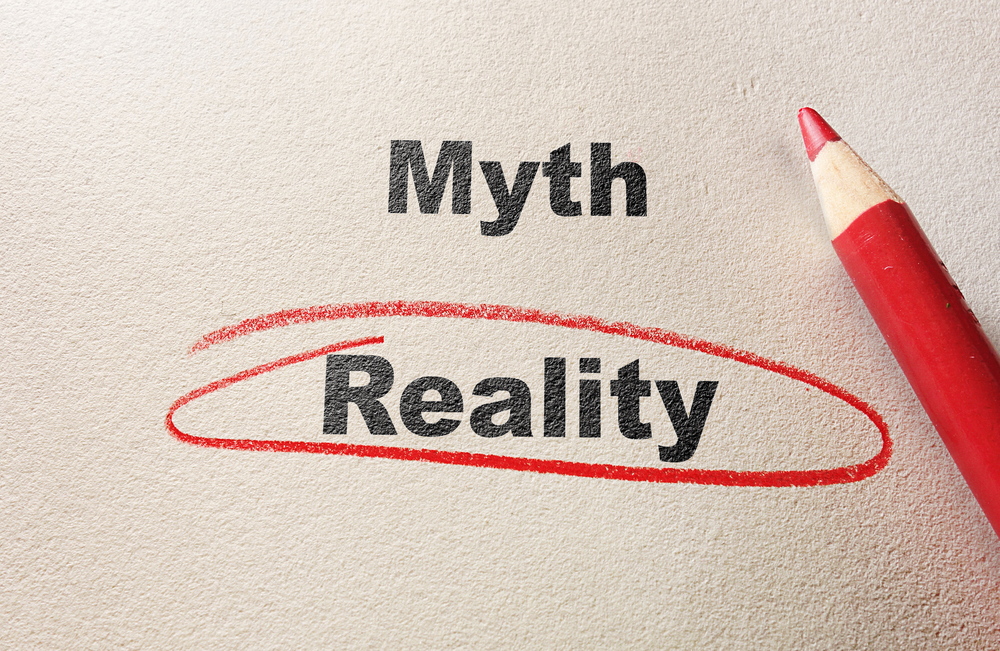GST: Common myths busted!
Every coin has two sides and so is with GST. There are both positives and negatives of the new GST system that will turn around the indirect tax system in India. India is a latecomer in the league of GST system as the Goods and Service Tax is already prevalent in 150 countries across the world. Since the time when the idea of GST was conceived by Indian minds, it has been boasted as one of the biggest economic reform of all times after liberalization in 1991. One important reason for such a claim is a unified tax, which clubs all the prevailing central and state level indirect taxes.
As far as the real impact of GST is concerned, it will only come into the light, once the system is fully implemented and working. However, there are a number of misconceptions, rumors, and myths related to GST. Some of these are out of public anxiety, while some others have cropped up, just because of the hype that is being created for GST. GST is not a complete panacea, nor a toxin. It will have its own color that will be observed in the coming days.
Let us bust the myths related to GST:
- Lower tax burden under GST as there is no cascading effect: The point relating to cascading effect is correct but it is not correct to say that there will be a lower tax burden. A single tax nationwide may lead to higher tax burden, as it will remove tax competition among states. In the present system, if a state wished to get more investment, to get higher revenues and other benefits, it was able to do that by giving more beneficial tax systems. After GST, this situation will not exist, as the centre will only be in competition with rest of the world and will be able to govern tax rates at its will.
- There are 37 returns, causing big trouble: As per the GST system, there are three monthly returns and one yearly return that makes it 37 for a year. The Additional Secretary of GST Council clarified the same that assessee has to file, only first return of the month with complete details and the rest two monthly returns will be system generated. Now, there should be no more trouble or panic.
- One tax will reduce tax burden: Well, the number of taxes never reflect the tax burden. There can be 10 tax rates adding up to a lower rate being less burdensome against a single higher rate of tax.
- Prices of goods will be lower under single tax regime: It is a common myth that prices of goods rise or fall due to taxes imposed. Consumer demand determines consumer prices. However, taxes can force business to discontinue production of some products. This can further cause high prices (due to less supply) and low prices (due to more supply) but this rise or fall in prices is not directly, because of taxes.
- Failure to register under GST before 1-July-2017 will cause business shut down: There will never happen. This is a rumor that is out just because of lack of clarity among the general masses in respect of GST. The registration window (for persons who are liable to get registration) will reopen from 25-June-2017 once again and will remain open for a period of 3 months as per rule.
- For flat construction, deposit balance amount before 1-July-2017 or pay extra tax after the said date: This is baseless and false. Builders to delude customers and take undue advantage of their innocence are airing such rumors.
- GST may lead to “Inspector Raj” and increased corruption: GST regime is highly transparent and digital with all its operations. As far as corruption is concerned, only ignorance of the law and lack of knowledge about the legal provisions will pave a way for it.
- There can be an extension of date for the roll out of GST, as the government is not fully prepared: This is mere skepticism and nothing else. The government is all set to blow the trumpet on 1-July-2017.




